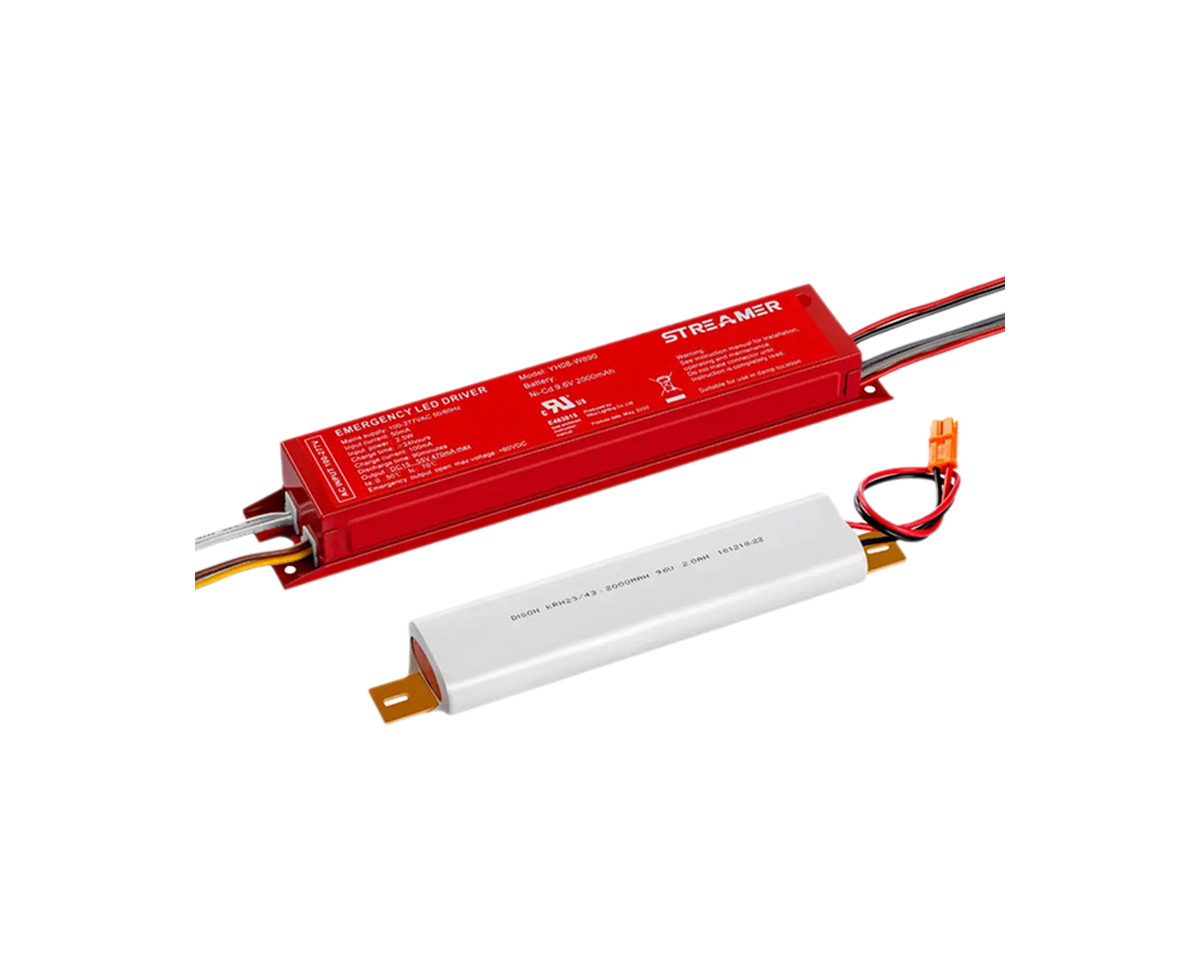 1
1
 Jun 06, 2025
Jun 06, 2025

In office buildings, implementing lighting energy-saving solutions with emergency converters can significantly reduce energy consumption while ensuring reliable emergency lighting. These solutions leverage the advanced features of LED emergency converters and intelligent control systems.
One effective approach is the use of occupancy sensors in conjunction with LED emergency converters. Occupancy sensors can detect the presence of people in a room or area. When no one is detected, the sensors can reduce the lighting output of the LED emergency converters or even turn them off completely, saving energy. In case of a power outage, the emergency converters immediately switch to full-power emergency lighting mode. This system not only conserves energy during normal operation but also ensures that emergency lighting is available when needed. For example, in large open-plan offices, occupancy sensors can be installed in each workstation area, allowing for individual control of the lighting based on occupancy.
Another energy-saving solution is the integration of daylight harvesting systems. Daylight harvesting uses light sensors to measure the amount of natural light available in a building. Based on this measurement, the system can adjust the output of the LED emergency converters. When there is sufficient natural light, the artificial lighting can be dimmed or turned off, reducing energy consumption. As the natural light decreases, the system gradually increases the lighting output of the LED emergency converters. This seamless integration of natural and artificial lighting optimizes energy usage throughout the day.
Furthermore, centralized lighting control systems can be employed to manage the LED emergency converters in office buildings. These systems allow facility managers to monitor and control the lighting in all areas of the building from a single location. They can schedule the lighting to be turned on and off at specific times, perform remote diagnostics, and even adjust the brightness levels of the emergency converters based on different usage patterns. For example, during non-business hours, the lighting in most areas of the office building can be set to a lower level or turned off completely, except for essential areas such as corridors and exits.
In addition, the use of high-efficiency LED emergency converters with energy-saving features, such as low-power standby modes and optimized power conversion circuits, further contributes to energy savings. By implementing these comprehensive lighting energy-saving solutions with emergency converters, office buildings can not only reduce their energy costs but also enhance their sustainability and ensure the reliability of their emergency lighting systems.